
Deserts are more than barren, hot landscapes; they are rich environments where durable plants and animals with specialized adaptations flourish. Since deserts are defined as areas having 10 inches of rainfall a year, what constitutes a desert is varied. There are semi-arid deserts, cold deserts, high-altitude deserts, and coastal deserts.
If you have hesitated to camp in the desert, ReserveAmerica is here to tell you to go for it! Trailer camping is a great way to get your feet wet (so to speak) in the desert. Compared to tent camping, trailer camping allows you to bring more comforts from home and have more control over the temperature in your sleeping space.
Below are seven campsites in the desert perfect for your next trailer camping trip.
1. Navajo State Park, Colorado
Navajo State Park features a giant reservoir with over 15,000 surface-acres of water for all-year boating, fishing, and camping. Considered Colorado’s version of Lake Powell, this large body of water is a huge draw for water sport enthusiasts. Campers can also explore hiking trails and may spot wild turkeys, deer, and fox. There are 138 campsites, with 39 full hook-ups and 40 electric hookups for RVs.
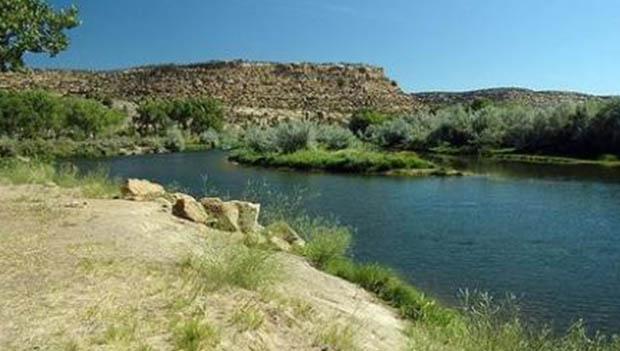
2. Oliver Lee Memorial State Park, New Mexico
Beloved for its rugged and majestic scenery, this state park is situated in the high New Mexican mountains. As part of the Chihuahuan Desert, Oliver Lee Memorial State Park is very much an arid environment, but one that is brightened with a year-round stream running straight through the heart of the park. Thanks to this flowing water, unique desert flora and fauna flourish here, such as cottonwoods, desert willows, fern, and cattail. If you are lucky, you may spy mule deer, badgers, cougars, and coati. The park has 43 campsites, with 16 sites with electric hookups for RVs.
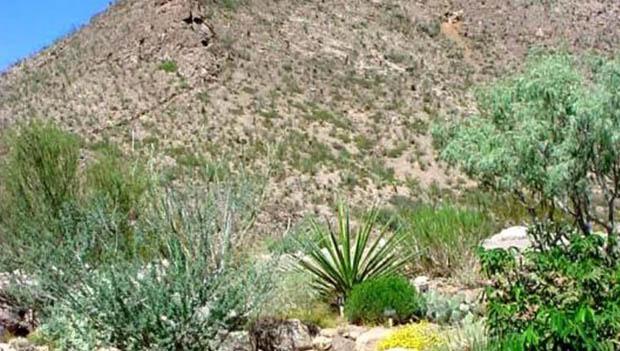
Recommended: Different Types of Camping
3. Quail Creek State Park, Utah
Situated in the spectacular red rock desert country of southern Utah, Quail Creek State Park is a perfect spot to avoid the crowds at nearby national parks while still having access to the park grounds. The park itself is a destination, with its stunning scenery of rolling red hills set against a large blue reservoir. The waters are stocked with rainbow trout, bullhead catfish, crappie, and largemouth bass, making it a favorite fishing hole for regional anglers. With year-round sunshine, the park is an anytime destination for fishing, boating, picnicking, and camping. There are 24 campsites at the park with 13 standard and 9 partial hookups.
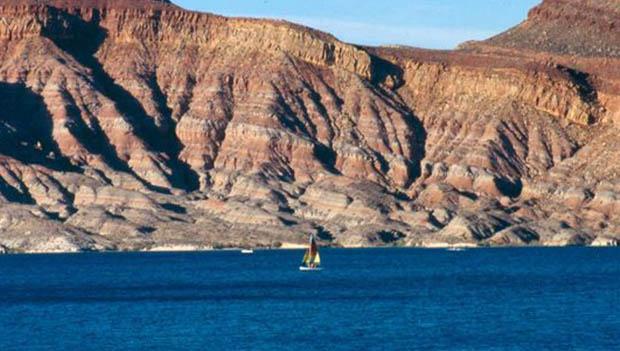
4. Buffalo Bill State Park, Wyoming
Located about 40 miles from the east entrance of Yellowstone National Park’s, Buffalo Bill State Park is an outstanding spot to explore the region’s legendary landscape and rich history. Situated amidst the Rocky Mountain Absaroka Range, the park has plenty to offer in hiking, wildlife spotting, and fishing and boating in its reservoir and waterways. The history of the park and the larger area, Cody Country, is rooted in old West folklore; the park itself was named after Colonel William F. Buffalo Bill Cody, a famous Wild West showman, promoter, and developer.
Campers can choose from two sites along the river or reservoir, with over 100 camping spots, including 37 electric hookups and 50 non-electric.
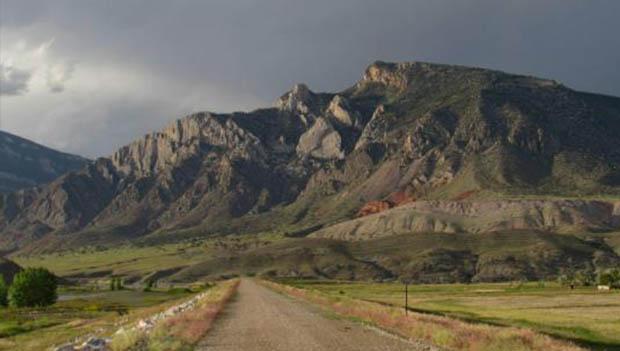
Recommended: 9 Unique Desert Camping Experiences
5. Hells Gate State Park, Idaho
Don’t let the imposing name fool you. Hells Gate State Park is not as hot as it sounds. The park is located in a semi-arid environment with sections of the Snake River passing through it. Campers can snag a steelhead fish in the flowing waters, or take a leisurely bike ride on the Clearwater and Snake River trail. At just 733 feet above sea level, the park has a long, warm season and is considered to be part of Idaho’s “Banana Belt.” There are plenty of quiet and grassy campsites along the Snake River – over 100 in total. There are 27 basic sites, 29 electric, 9 full hookups, and 8 cabin campers to rent if you don’t have your own trailer.
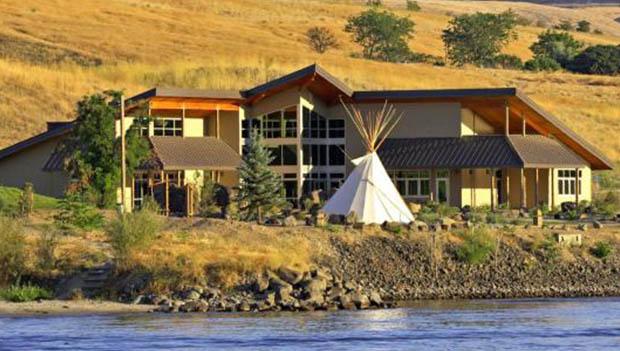
6. Cottonwood Canyon State Park, Oregon
Although this state park is located on the western edge of the Colorado Plateau, it is home to plants and animals typical of an arid region. Mojave Desert flora, such as Utah agave, banana yucca, scrub oak, and single-leaf ash grow in the lowlands and along the dry washes. Pinyon pine and Utah juniper dot the rocky slopes of the higher elevations.
Believe it or not, you can find federally-listed threatened Mojave Desert species, like tortoise, Gila monster, and chuckwalla reptiles here. There is plenty of bird watching to be had too, since this is home to golden eagles, red-tailed hawks, and the western screen owl, among other raptors. The legendary Deschutes River winds its way through the dry landscape.
There are 35 campsites that can accommodate RVs, but be prepared; there are no hookups at this rustic spot.
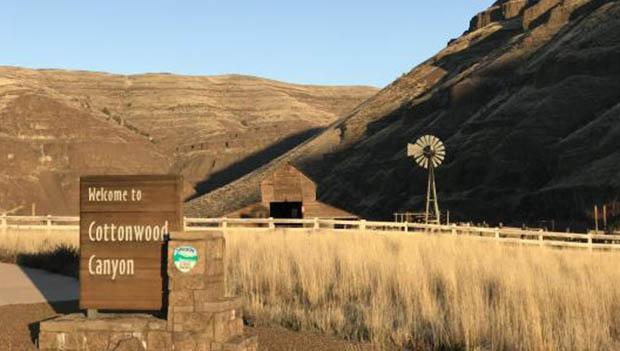
Recommended: 10 Reasons to Travel by RV
7. Monahans Sandhills State Park, Texas
Characterized by a landscape of rolling hills of sand, this park is a desert-lover’s dream. Explore the sand dunes on foot or horseback. There are no marked trails, but plenty of space to discover plants, wildflowers, and desert animals that thrive in this challenging environment.
For thrill-seekers, sand disks are available for rent to surf the dunes. There is also a visitor’s center featuring the park and its natural and cultural history. There are 26 campsites available with water and electricity.
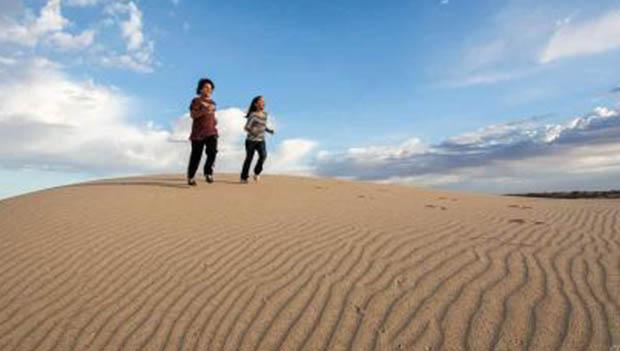
Are you ready for an outdoor adventure? Plan your camping trip!
Check with your Local Government Organization
Many policies have been established to counter and control the coronavirus outbreak. State and local officials have been taking decisive action to stop the spread. The policies vary by state, sometimes to a great degree. When you book a reservation, make sure to review the park and state’s latest rules and regulations prior to your visit.
For COVID-19 updates, please visit our Impacted Park List and Reservation Guide for the latest information.